Review of Samurai 7: Vol. 2
Introduction
Japan`s anime industry turns to Akira Kurosawa`s classic for inspiration, 50 years after the original Seven Samurai made its debut. With the seal of approval from the estate of Kurosawa, and from the eye candy powerhouse that is Gonzo comes Samurai 7, an animated take on the original story. But this series is set after the second age of the Samurai in the distant future following a devastating war, where once again a village of farmers has had enough of seeing their hard earned produce going into the bellies of giant cyborg bandits, and have decided to recruit warriors of their own to protect their crops. In the first four episodes, we followed farmer Rikichi, water priestess Kirara and her kid sister Komachi to the city of Kogakyo where they expected to find warriors skilled enough to protect their village. Unfortunately, Samurai willing to work for rice are few on the ground, and they only managed to find a couple of willing recruits in Kanbe and Gorobe, and an insistent recruit in Kikuchiyo.
The search continues in Escape From The Merchants, with four more episodes of Samurai 7. While the English episode titles are given on the menu, the translated Japanese ones are quite different, so for convenience, I`ve used both in my review, English first.
5. The Drifter/You`re Welcome
Samurai just aren`t willing to sign up with Kanbe`s motley group, but he does hear of a Samurai who paid for his tea by offering his service as a woodcutter. A man with such humility and honour is rare in this age, and they begin to search for him. It`s Gorobe who finds Heihachi, although he is hardly a typical Samurai, apt to use his wits instead of his blade. There are still adversaries sponsored by the Magistrate blocking their way, and prospects look ominous when the Imperial envoy is found murdered.
6. The Fool/Leave It To Me!
The prime suspect in the envoy`s murder is a Samurai, and the Magistrate`s blanket approach to police-work means that Kanbe`s group is in even more danger. Kikuchiyo, the cybernetic Samurai thinks that organising a jailbreak will net suitable and grateful candidates, but Kanbe eloquently points out that Samurai who can be easily captured by guardsmen are hardly worth their salt. The plan also leads the guards to their hiding place, and soon they have to flee deeper into the city.
7. The Friend/Heal!
With Samurai being hunted down in Kogakyo, Kanbe realises that it is better to leave with the people they have recruited so far, rather than risk capture. First they need shelter and a place to regroup, which leads them to the Healing City, and an establishment run by his old comrade in arms Shichiroji. Shichiroji has given up the martial life in exchange for a more peaceful existence. But despite his quiet lifestyle, he can`t deny the temptation offered by the idea of fighting for a cause once more. They don`t have long to rest and recuperate though, as Kirara`s would be suitor Ukyo is still on their tails.
8. The Guardian/Get Angry!
To escape from the city, Kanbe leads the group into the realm of the Shikimori, mysterious cavern dwellers living under the city that guard a secret way out. Katsushiro is injured in the escape, so they pause for respite in the underworld. They find an odd society where the Shikimori employ farmers driven from their homes by bandits to grow their food, while they have an uneasy trade agreement with the city overlords, supplying energy cells for profit.

Video
Samurai 7 gets a colourful and clear anamorphic transfer from MVM on a dual layer disc. As you would expect from a modern anime, it is a stunning mix of traditional 2D and 3D CG animation. The character designs are excellent, and the world design enchants, a future world that is heavily influenced by the past. The animation is excellent, with the action sequences doing the story justice. Of course there are the usual drawbacks to animation on DVD, the odd compression artefact and the digital banding. But none of it is detrimental to the viewing experience.
That is with the exception of episode 7, The Friend. The animation on this episode takes a severe hit in quality, the frame rate is lower, motion lacks fluidity, and the character designs are a simplification compared to the rest of the episodes. Occasionally, series explore a different style for an odd episode, but there is usually a reason for that in the story. Here it is as if Gonzo took the copious budget (apparently the highest ever spent on a television anime series), and applied it to the rest of the episodes, while this one episode was outsourced to the lowest bidder. This wouldn`t be so much of a problem, but it actually affected my enjoyment of the episode, distracting me from the story.
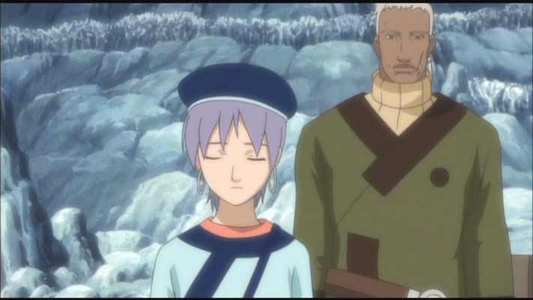
Audio
You get a choice of DD 5.1 English and Japanese, with translated English subtitles or just a signs track. Both tracks boast great surround presence, although I did feel that the English dub was a little subdued in comparison to the effects and music, although better than the first volume in that respect. The world design is reflected in the sound design, with the future world a curious mix of hi-tech and steam punk. Samurai 7 has another couple of fine tunes for its credit sequences, but the incidental music is more traditional.
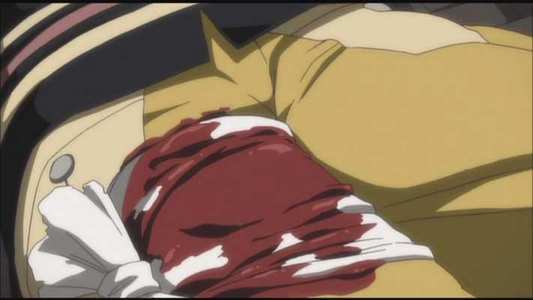
Features
A scant scattering of extras graces this disc, beginning with text profiles for four of the characters. There is also the four-minute trailer for the original Kurosawa film Seven Samurai, the opportunity to see the credit sequences minus the text, as well as trailers for Samurai Champloo and Gantz. Oddly, there are no English language credit sequences for any of the episodes, so IMDB is your first port of call for the actors` names.
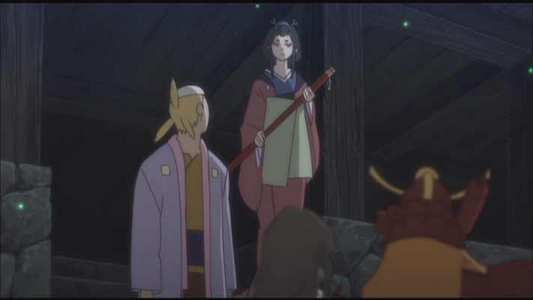
Conclusion
I remained uncertain about this series after watching the first disc, with the first four episodes seeming a fitting homage to the film, but not really adding anything new. Volume 2 of Samurai 7 is a far more satisfying experience in that respect, and any nagging doubts that I had about the freshness of the story were dispelled by the episodes on this disc. While the story isn`t going to change significantly, and getting it to work across 26 odd episodes requires added dimension to the plot, the extra story no longer feels like filler, and the world of Samurai 7 is becoming discrete and interesting in its own right, as opposed to a simple transference of the feudal society of the film to a futuristic setting.
As this disc begins, the search for defenders continues. But while Kirara, Kanbe and the others are looking for potential warriors for their cause, the city continues to be revealed and a picture of this future society begins to take form. The character development is excellent, and we get to know more about the existing characters, as well as the new ones we meet. The mechanical samurai Kikuchiyo is elaborated upon, (he`s based on the Toshiro Mifune character from the film), and we get to see more of his desire to be taken seriously as a samurai. Meanwhile new characters are thrown into the mix, with Heihachi an enigmatic warrior, one who appears to be genial and friendly, but appears to be concealing something darker. He contrasts the other warriors well, as he prefers to use his wits rather than his blade. We also meet Shichiroji, an old comrade of Kanbe who has settled down into a peaceful existence, but shrugs off this life like a pleasant dream when he is called to fight.
In terms of world and story development, it is the final episode that impresses the most, with the introduction of the underground Shikimori society. It adds layers of complexity to this future world, and clarifies the picture of how the society of the future functions. It also gives some more detail into the Nobuseri who prey on the farmers, when one of the cyborg giants appears at the end of the episode. This shows a side of Rikichi that wasn`t apparent, giving the lie to the genial farmer who practically worships the samurai. Just as I predicted, with this volume all of the seven have been introduced, although one remains to be recruited. What is more important is that this volume also reduces the need to make comparison with the film, and establishes the characters and world of Samurai 7 as unique and worthy in their own right.
In almost every respect the second volume of Samurai 7 is an improvement over the first, with the exception of one. That is the seventh episode, The Friend. While animation quality can vary from episode to episode, the animation in this episode is so lacklustre compared to the rest that it actually hurts the viewing experience, making it feel like an effort to watch that show, and actually relegating the merits of the story to the background. Also while this selection of episodes is an improvement over the first, and they were thoroughly enjoyable for the most part, Samurai 7 still lacks that spark of brilliance, the flamboyant characters that would single it out as an exceptional anime. Still, the improvement is in the right direction, and if it maintains it then the series will continue to get stronger. I`m looking forward to the next volume, something I would have hesitated to say four episodes ago.
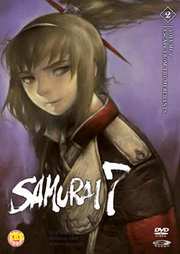
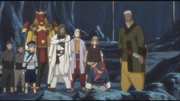



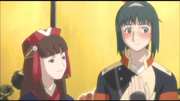
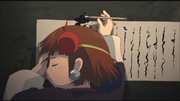
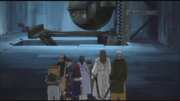
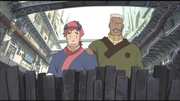
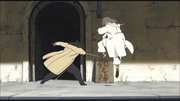

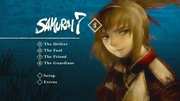
































Your Opinions and Comments
Be the first to post a comment!